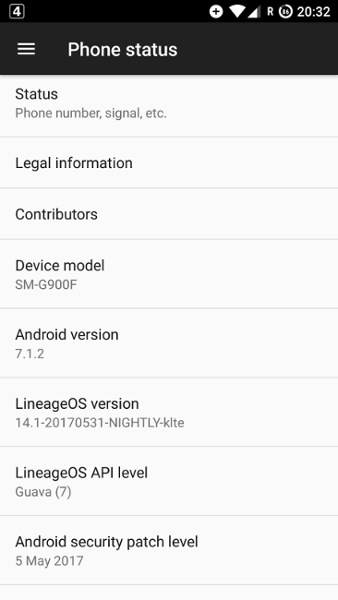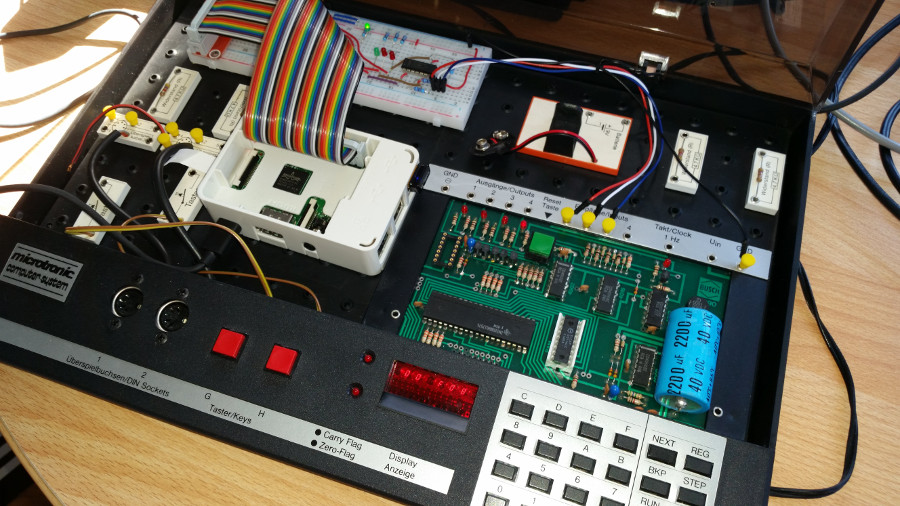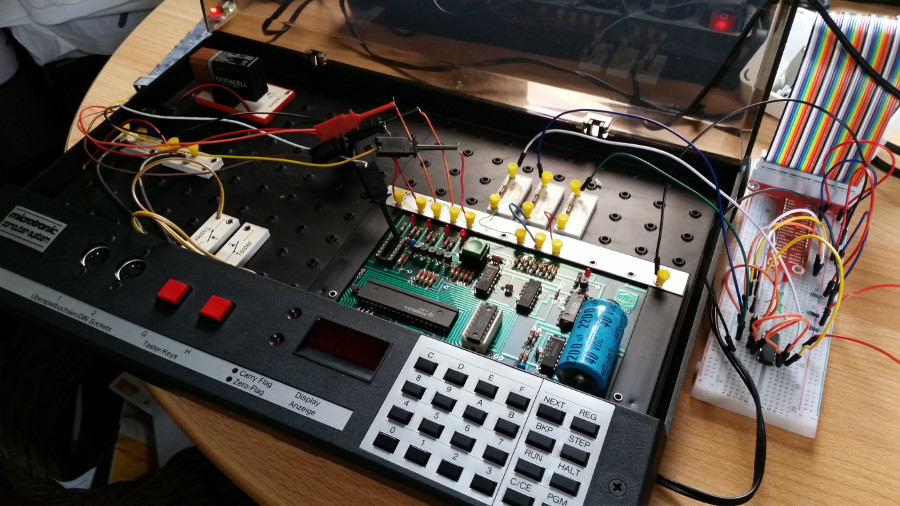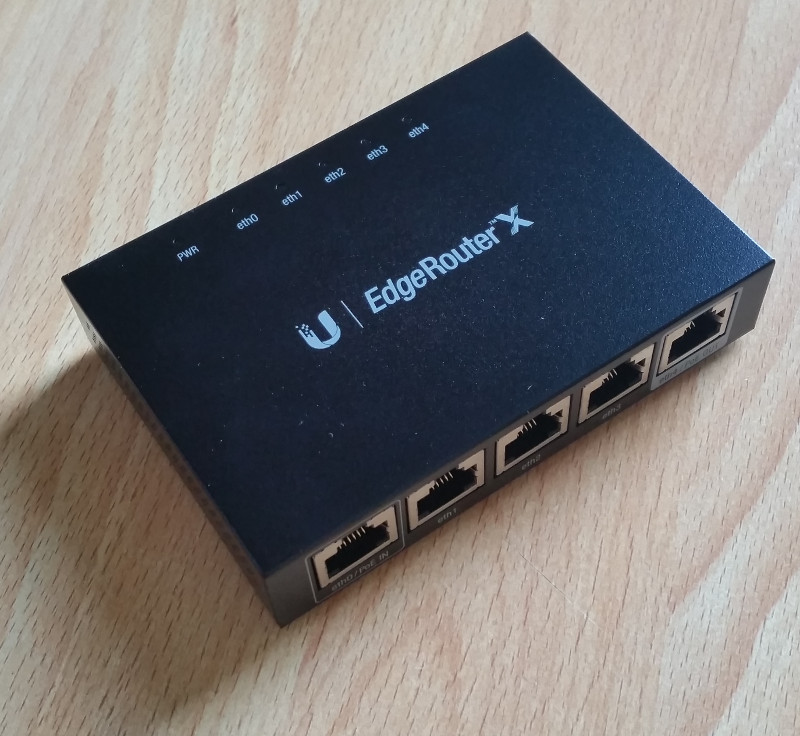 15 years ago back in 2002, Linux Torvalds wrote his auto-biography together with David Diamond and the book has been on my reading list for quite some time now. Recently I finally got around to it.
15 years ago back in 2002, Linux Torvalds wrote his auto-biography together with David Diamond and the book has been on my reading list for quite some time now. Recently I finally got around to it.
Written back in 2002, the book itself is now a historical artifact and it’s interesting to read it from a 2017 perspective when, compared to back then, Linux seems to have grown into almost any electronic device that has more than a few transistors inside. But even back then, Linus already predicted that Linux will be in mobile phones. I guess not many people could imagine that in 2002. Also at the time, the Linux kernel was ‘just’ 10 years old and still very different from what it is today.
Continue reading Book Review – Just For Fun – Linus Torvalds Auto-Biography





